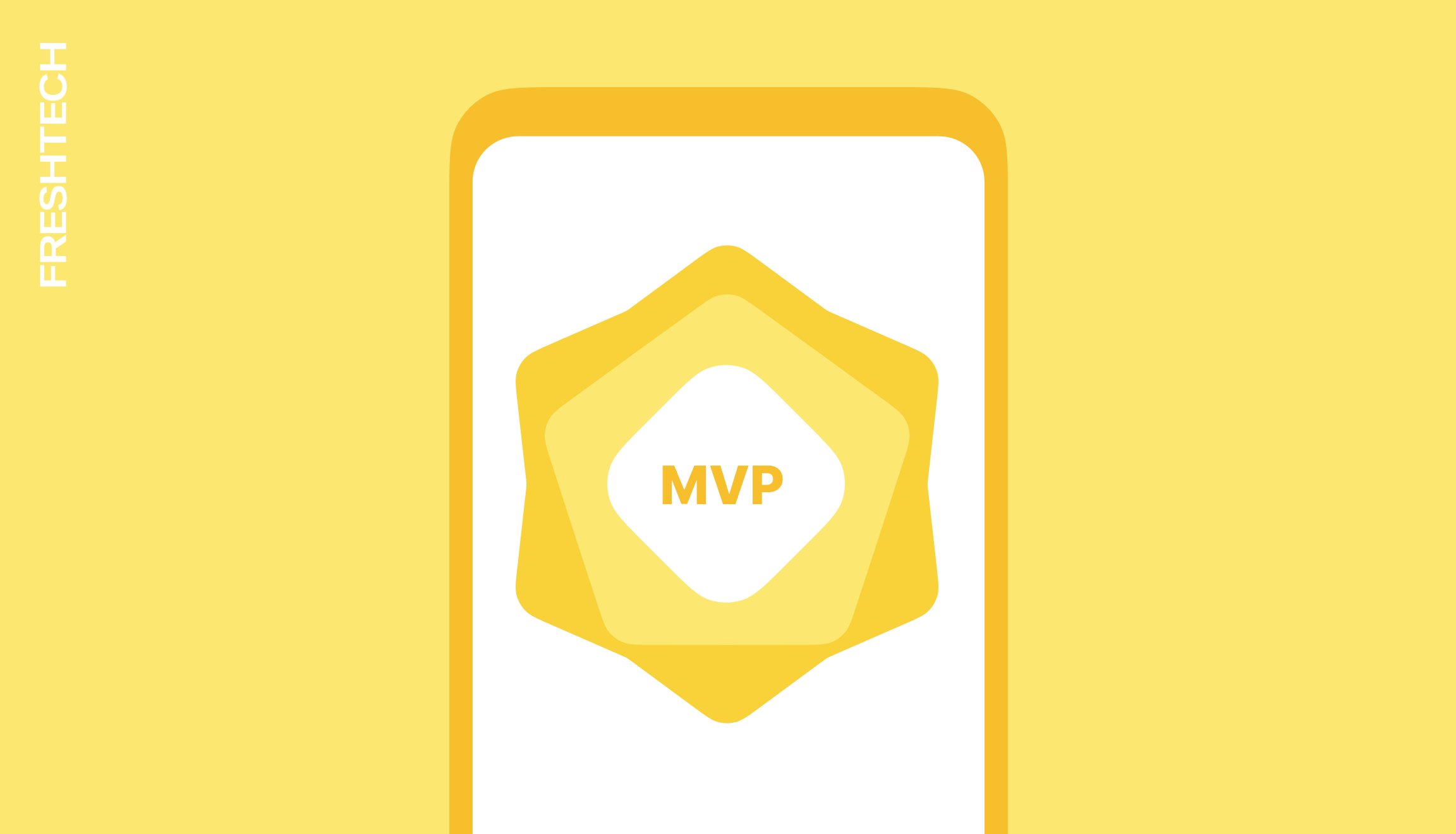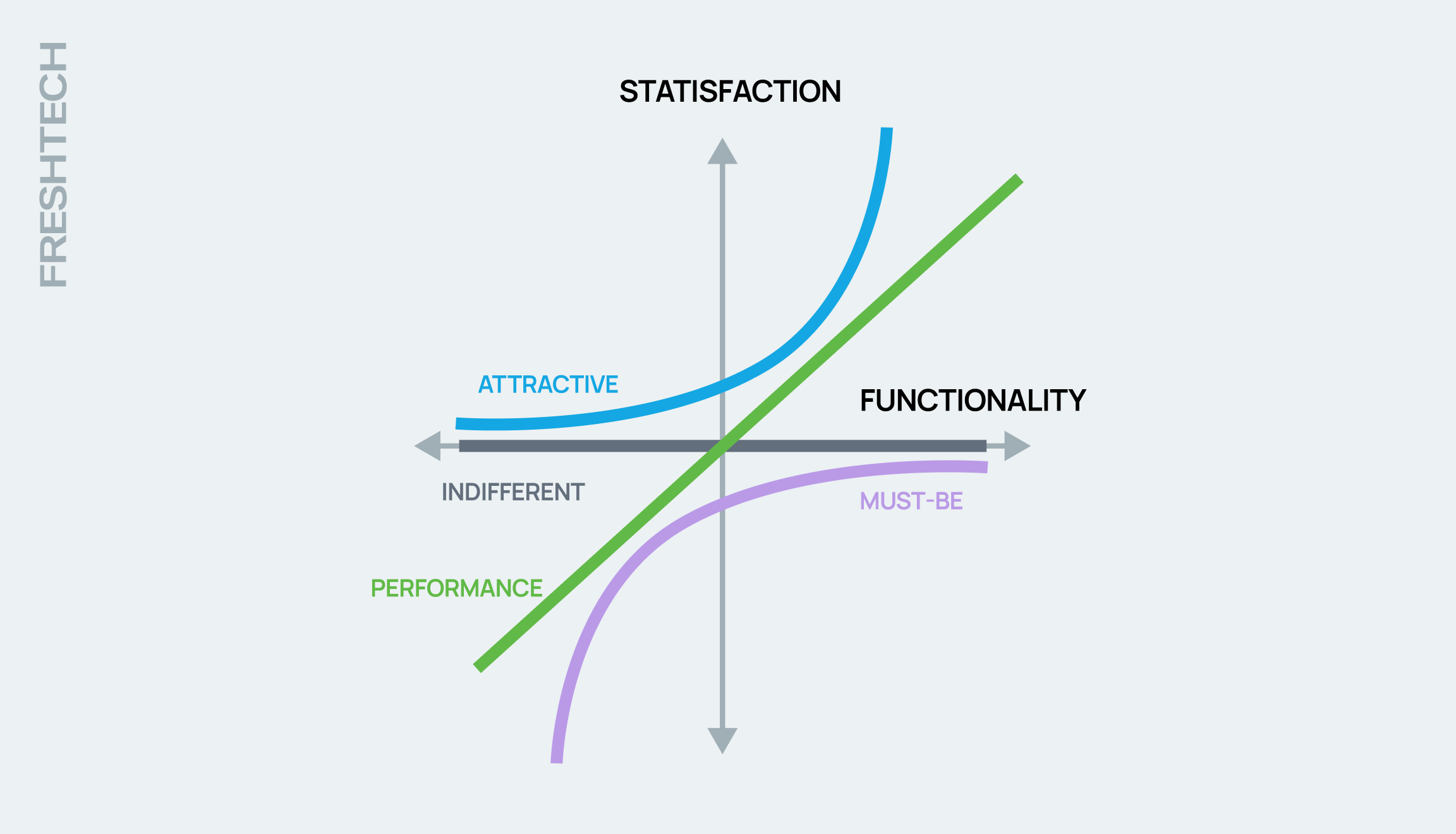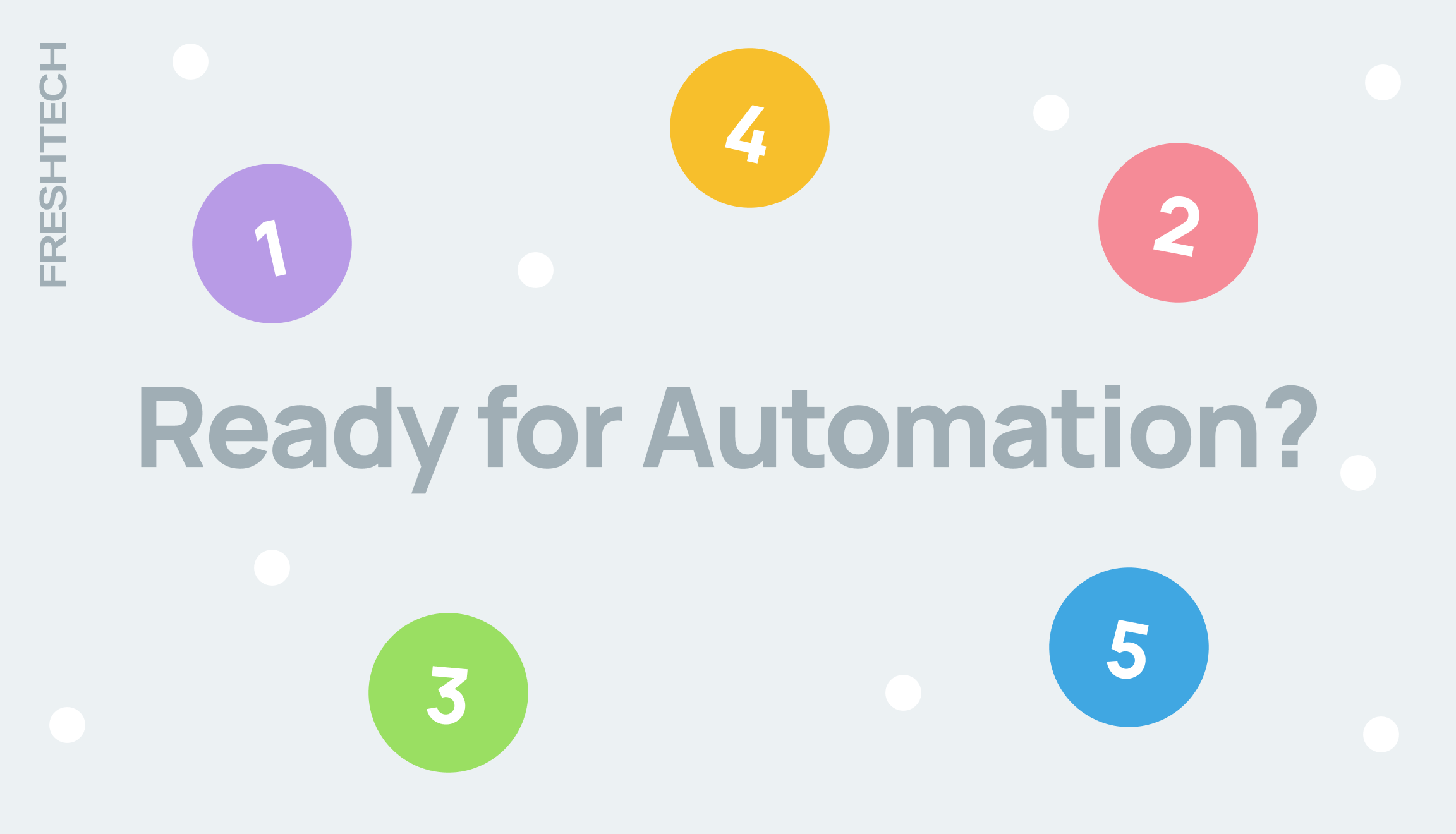Mobile App MVP: What Features to Include in the First Release

How can you quickly test a product idea and understand what users really need? Launching an MVP lets you build a version of your app with just the essential features and test its core use cases. Which functions should you include in the first release? Keep reading to find out.
An MVP includes a minimal set of features that allows the product to fulfill its core purpose. Essential functionality should cover primary user actions, basic navigation, data processing, and key integrations.
Core features form the foundation of the product, while additional capabilities enhance the user experience or expand use cases. Clear distinctions help the team stay focused on priorities and avoid unplanned expenses.
How to choose features for the first release
Defining MVP features starts with analyzing user scenarios. These scenarios show how users interact with the product and where problems or pain points occur. This process helps identify the features that will truly meet user needs and deliver value.
To correctly prioritize features, the Kano model is used. It helps evaluate how different aspects of the product affect user satisfaction and classifies them into:
⚪️ Must-be — without them, users will be dissatisfied even if all other features are implemented.
⚪️ Performance — the better these features are implemented, the higher the user satisfaction.
⚪️ Delighters — unexpected features that pleasantly surprise users and boost loyalty and overall experience.

The Kano model allows for phased product development: must-be and performance features are implemented first, while additional delight features can be added in later releases. The model also helps identify which features might cause user frustration if not implemented properly.
This analysis provides insights into how changes in functionality affect the long-term user experience. Well-executed must-be features don’t necessarily increase satisfaction, but even small delight features can strengthen user loyalty.
The process of selecting features should be complemented by data analysis, user surveys, and market research. Using this set of tools helps uncover what users expect from the product and how to stand out from competitors.
Let’s look at some examples of core MVP features for different types of apps:
E-commerce
⚪️ Registration and login
⚪️ Product catalog with search and filters
⚪️ Shopping cart and checkout
⚪️ Payment
⚪️ Order status tracking
FinTech
⚪️ Authorization and verification
⚪️ Balance overview
⚪️ Transaction history
⚪️ Funds transfer
Booking service
⚪️ Search and filter available options
⚪️ Booking
⚪️ View and manage reservations
⚪️ Notifications about reservation status
An MVP is the starting point for product development, allowing you to test ideas with real users without unnecessary risks or costs. A version with a minimal set of features already handles core tasks while laying the foundation for further improvement and scaling.
Dreaming of launching a mobile app but don’t know where to start? Leave your contact details in the form, and our manager will get in touch to offer the best solution for your business.




















